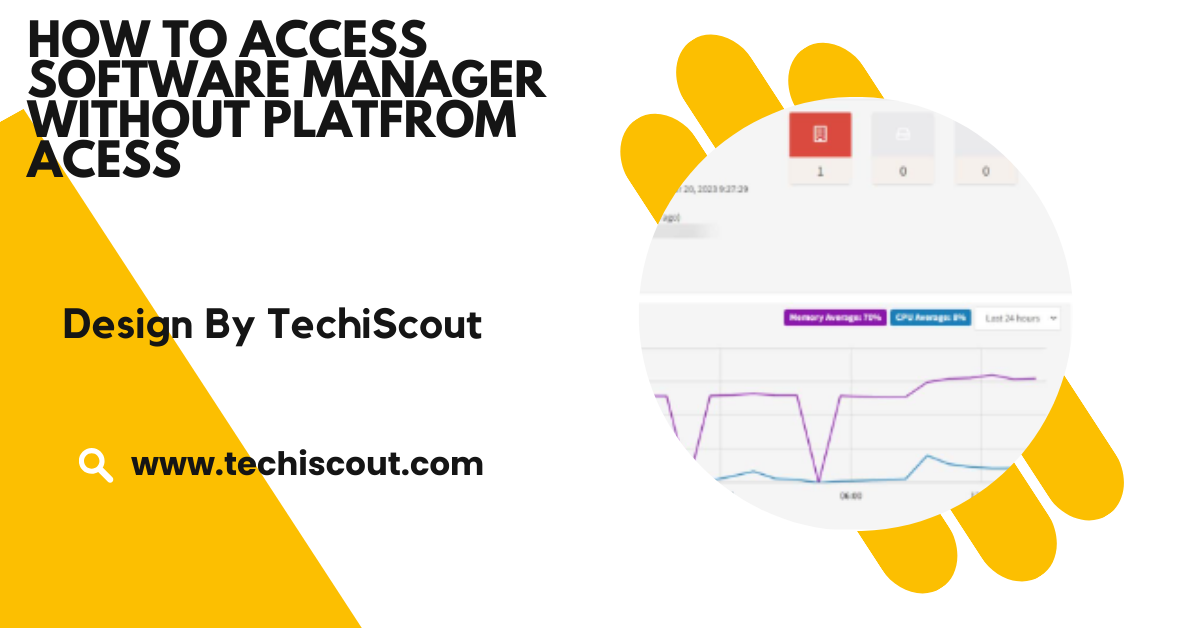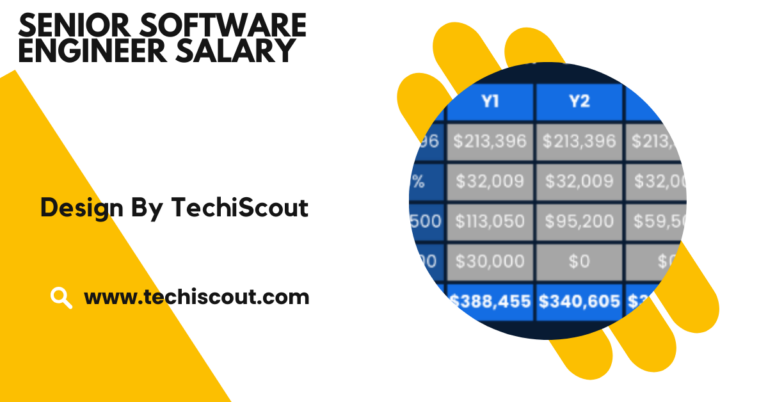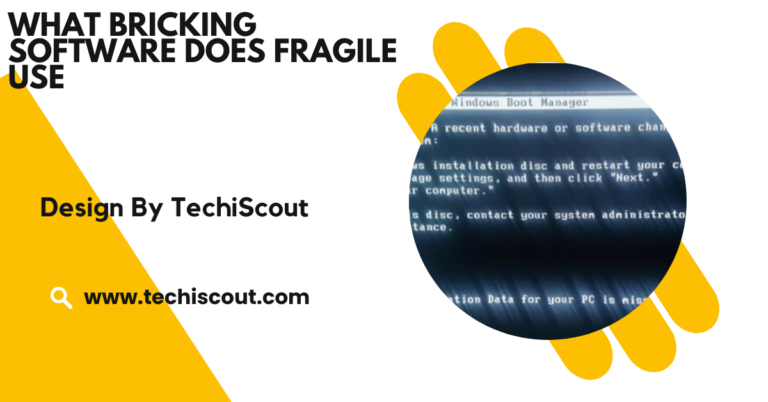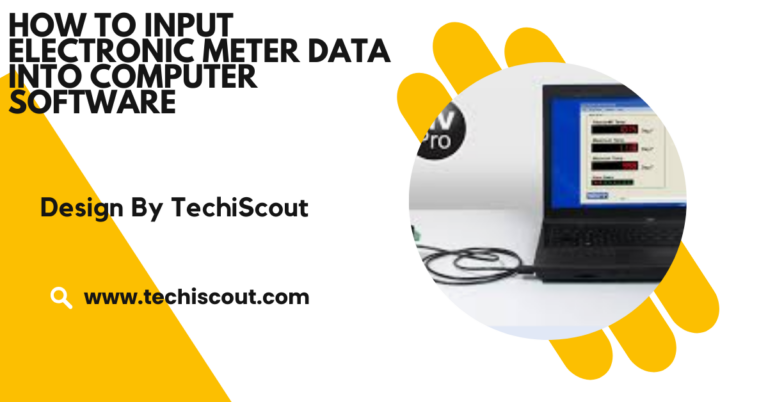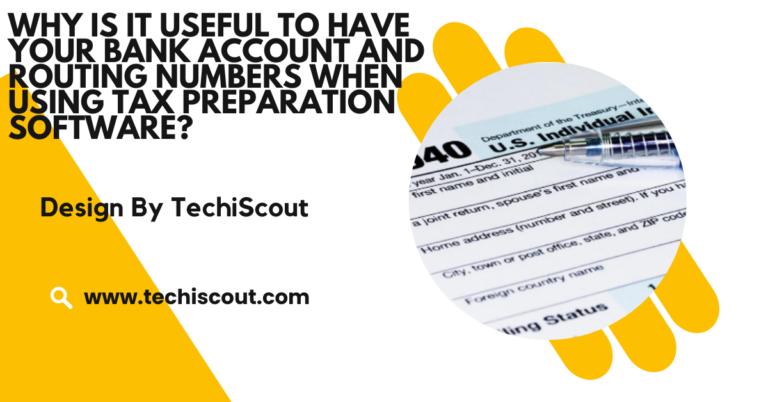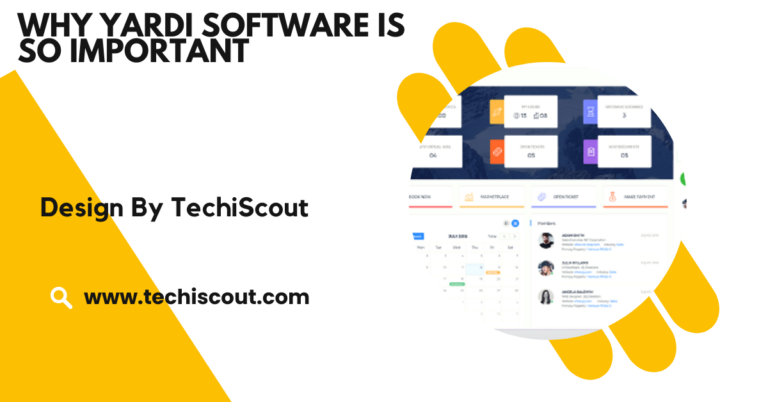How to Access Software Manager Without Platfrom Acess – Start Managing Software!
Use command-line tools, remote access, third-party managers, or recover credentials to access software manager.
This guide will walk you through various methods how to access software manager without platfrom Acess
Table of Contents
Why Is It Important:

A software manager is a tool or utility that allows users to install, update, and remove software on a computer or system. It can be a built-in tool on the operating system (e.g., Windows Control Panel, macOS App Store, Linux package managers) or a third-party application.
The role of a software manager is essential in ensuring the proper functioning of software systems, as it automates updates, handles dependencies between software, and ensures security patches are applied promptly.
Without access to your software manager, software installations, updates, and removals become much more difficult, putting your system at risk.
This is why knowing alternative ways to access the software manager is important for both personal users and enterprises.
Methods to Access Software Manager Without Platform Access:
Using Command-Line Interface (CLI) Tools:
When you don’t have access to the graphical user interface (GUI) of the platform, command-line tools offer a robust alternative for managing software. These tools allow you to interact directly with your system’s software environment using text-based commands.
1. Linux-Based Systems:
On Linux, the majority of software management is done via package managers through the terminal. If you have access to the terminal but not the GUI, you can use commands to manage software.
Here are a few examples:
- APT (Advanced Package Tool): Used on Debian-based systems like Ubuntu and Linux Mint.
You can install software with the following command:
go
sudo apt install <package-name>
Similarly, you can update or remove packages:
lua
sudo apt update
sudo apt upgrade
sudo apt remove <package-name>
- YUM (Yellowdog Updater, Modified): For Red Hat-based systems like CentOS and Fedora, use YUM for software management:
Lua
sudo yum install <package-name>
sudo yum update
sudo yum remove <package-name>
- DNF (Dandified YUM): Fedora uses DNF, which is a more modern version of YUM:
lua
sudo dnf install <package-name>
sudo dnf update
sudo dnf remove <package-name>
2.macOS:
On macOS, Homebrew is one of the most popular package managers. It allows you to install, update, and manage applications and software via the terminal:
- Install software:
go
brew install <package-name>
- Update software:
sql
brew update
brew upgrade
- Uninstall software:
go
brew uninstall <package-name>
3. Windows:
On Windows, the PowerShell or Command Prompt can be used to manage system software, especially if you have access to Windows Package Manager (winget) or similar tools:
- Install a package:
Go
winget install <package-name>
- Update all installed software:
css
winget upgrade –all
- Remove a package:
go
winget uninstall <package-name>
Remote Desktop and Access Tools:
If you’re unable to access your platform locally due to restrictions or lost access, Remote Desktop Protocol (RDP) and other remote access tools can provide you with the ability to control the system from a remote location.
This is particularly useful in enterprise environments where systems are often managed from a central server or remote workstations.
- Remote Desktop Protocol (RDP):
RDP allows you to remotely access a machine running Windows and control it as if you were physically sitting in front of it. This can be an excellent option if you need to access a system’s software manager.
- Third-Party Remote Access Tools:
Tools like TeamViewer, AnyDesk, and Chrome Remote Desktop can help you take control of your machine from any device with internet access.
Third-Party Software Management Tools:
If you are unable to access your platform’s native software manager, third-party software management tools can help you install, update, and manage software on your system.
These tools are particularly useful when you’re dealing with systems that lack built-in package managers or when access to the native tools is restricted.
Ninite (Windows):
Ninite is a popular tool for Windows that allows users to install and update multiple applications simultaneously. The software can be downloaded from another machine and run on the target machine without needing platform-specific access.
- Install multiple apps at once:
Ninite.com
- Patch My PC:Patch My PC is a Windows-only software that automates the process of updating popular applications. It’s user-friendly and can be configured to install software updates automatically.
- Homebrew (macOS):As mentioned earlier, Homebrew is a powerful package manager for macOS that allows users to install, remove, and update software from the terminal. You don’t need platform access to use it, just the terminal.
Recovering Platform Access:
In some cases, your inability to access the software manager may stem from a locked-out account or lost credentials. Depending on the platform you’re using, there are various ways to regain access:
- Password Reset: If you’ve forgotten your login credentials, many systems offer an easy way to reset them using email or security questions.
- Administrator Assistance: If the platform is managed by an IT administrator, contact them to recover your access rights or get elevated permissions.
- Emergency Recovery Tools: Some systems (such as Linux) allow you to recover user credentials or reset the password from a bootable USB or recovery partition.
Consult IT Support or System Administrator:
If you’ve exhausted all other methods and still cannot access the platform, it may be time to reach out to your IT support team or system administrator.
They have the necessary tools and administrative rights to regain control of the system and restore access to the software manager. Whether it’s for recovering lost credentials or fixing access issues, IT professionals can provide expert help.
Best Practices to Prevent Future Access Issues:
While knowing how to access software managers without platform access is important, preventing future access issues is equally crucial. Here are some best practices to help you avoid this problem in the future:
Use a Secure Password Manager:
A password manager such as LastPass, 1Password, or Dashlane can help you securely store and manage all your login credentials. This ensures that you never forget your platform access credentials and can easily recover them if needed.
Regularly Update Your Credentials:
Change your system and platform passwords periodically to ensure that they remain secure. This also minimizes the chances of unauthorized access to your system.
Implement Role-Based Access Control (RBAC):
Use RBAC to assign specific access rights based on the roles of users within the organization. This ensures that only authorized personnel can access critical software management tools, reducing the risk of accidental or malicious changes.
Backup System Configurations Regularly:
Always back up your software manager settings and configurations. This way, if you lose access, you can restore your system to a working state without losing valuable data or settings.
FAQs:
1. Can I access the software manager without platform login?
Yes, you can use command-line tools or remote desktop access to manage software without direct platform access.
2. What are some command-line tools for software management?
Linux uses APT, YUM, and DNF; macOS uses Homebrew, and Windows uses PowerShell or winget.
3. How can I remotely access my software manager?
You can use Remote Desktop Protocol (RDP) or third-party remote access tools like TeamViewer or AnyDesk.
4. What third-party tools can help manage software without platform access?
Tools like Ninite and Patch My PC can install and update software on Windows systems without platform access.
5. How can I recover platform access if I can’t access my software manager?
You can reset your password, seek help from IT support, or use emergency recovery tools to regain access.
Conclusion:
Accessing the software manager without platform access can initially seem overwhelming, but with the right tools and strategies, it’s entirely possible to regain control of your system. Whether you choose to use command-line tools, rely on remote access, or use third-party software management solutions, each method provides a viable way to manage your software.
Related Articles:
- Read More: iCUE Software
- Read More: What Is The Suggested First Step For Entering Software Development
- Read More: How Useful is Master in Software Engineering
